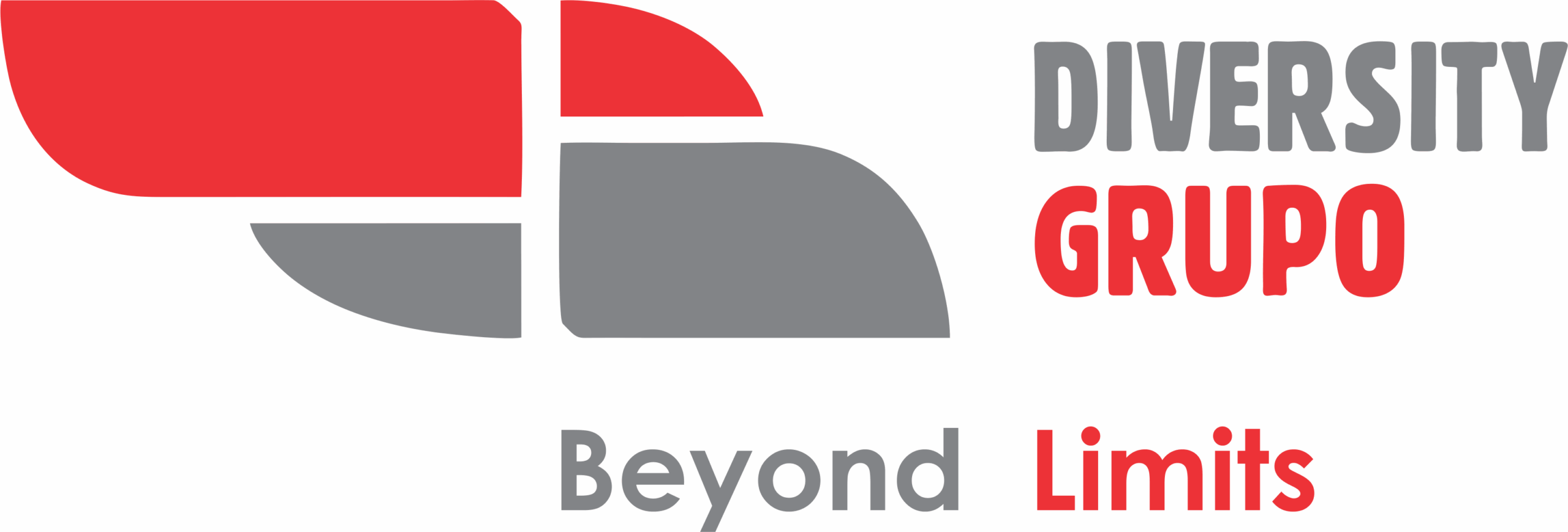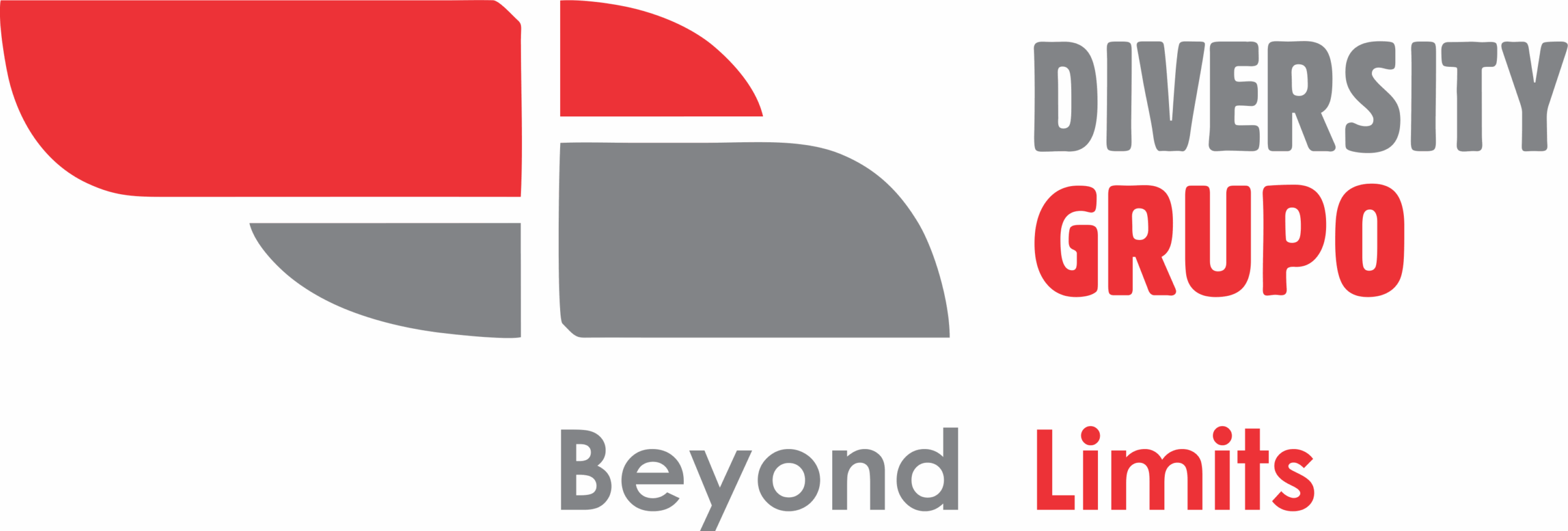Mythical symbols have transcended their original cultural and spiritual contexts to influence contemporary aesthetics profoundly. These ancient icons, often rooted in folklore and religious narratives, continue to inspire modern artists, designers, and architects. Their enduring appeal lies in their rich symbolism and ability to evoke deep emotional responses, making them powerful tools for storytelling and branding in today’s visual culture.
Bridging Mythology and Modern Design
Examples of Mythical Symbols Inspiring Modern Design
The «Phoenix Graveyard 2»: Myth and Modernity Interwoven
Non-Obvious Perspectives on Mythical Inspiration
Practical Guidelines for Designers
Conclusion
The Educational Foundation: Understanding Mythical Symbols and Their Meanings
The symbolism of the phoenix: rebirth, renewal, and resilience
The phoenix, originating from ancient Egyptian and Greek mythologies, embodies the cycle of death and rebirth. Its imagery symbolizes resilience and perpetual renewal, often depicted as a majestic bird rising from its ashes. Modern designers leverage this symbolism to communicate themes of transformation, hope, and resilience, especially in branding related to recovery or innovation.
Folklore elements: lanterns guiding spirits and their visual motifs
Lanterns, prevalent in East Asian cultures, serve as guiding lights for spirits and ancestors. Their visual motifs often include intricate patterns, glowing orbs, and symbolic characters that evoke ideas of spiritual guidance, protection, and enlightenment. Contemporary art and architecture incorporate lantern-inspired designs to evoke a sense of mystery and spiritual connectivity.
Architectural influences: gothic styles and their mythic associations
Gothic architecture, with its pointed arches, gargoyles, and stained glass, draws heavily on mythic and religious symbolism. These elements evoke notions of divine protection, the supernatural, and the eternal struggle between good and evil. Modern architects sometimes reinterpret gothic motifs to create structures that blend historical mythic resonance with contemporary aesthetics.
Bridging Mythology and Modern Design: Conceptual Connections
How ancient symbols translate into modern visual language
Designers distill complex mythic symbols into simplified visual motifs that convey timeless themes. For example, the shape of a phoenix can be stylized into sleek, abstract forms suitable for logos or digital interfaces, maintaining its symbolic essence while fitting contemporary aesthetics. This translation allows ancient stories to resonate with modern audiences through minimalistic yet meaningful visuals.
The psychological impact of mythic imagery on audiences
Mythic symbols evoke subconscious associations, such as resilience or transformation, which can strengthen emotional engagement. Studies in cognitive psychology suggest that familiar symbols activate specific neural pathways linked to cultural memory and identity, making myth-inspired designs more memorable and impactful.
Case studies of successful incorporation of mythical themes in design
Brands like Nike leverage the myth of the winged goddess of victory, using symbolic imagery to evoke inspiration and achievement. Similarly, architectural projects have incorporated mythic motifs—such as the use of phoenix imagery in revitalization districts—to symbolize rebirth and renewal, demonstrating how ancient symbols can be effectively adapted for modern narratives.
Examples of Mythical Symbols Inspiring Modern Design
Traditional motifs adapted into contemporary art and architecture
- The use of dragon motifs in East Asian-inspired skyscrapers, symbolizing power and protection.
- Modern jewelry designs incorporating phoenix feathers or stylized mythic creatures.
- Public art installations that reinterpret folklore lanterns with contemporary lighting technology.
The role of symbolism in branding and product design
- Brands like Harley-Davidson utilize mythic themes of rebellion and freedom, often employing imagery reminiscent of mythic warriors.
- Tech companies incorporate phoenix imagery to symbolize innovation and rebirth, emphasizing resilience in competitive markets.
Introducing «Phoenix Graveyard 2» as a modern illustration of myth-inspired aesthetics
This project exemplifies how contemporary art can weave mythic symbolism—particularly the phoenix—into visual narratives that resonate with themes of transformation and spirituality. Its abstract design elements, combining gothic influences and symbolic imagery, serve as a compelling case of ancient motifs reimagined for the digital age.
The «Phoenix Graveyard 2»: Myth and Modernity Interwoven
Artistic concept and design elements
«Phoenix Graveyard 2» employs a stylized phoenix rising from a cemetery landscape, blending gothic architecture with luminous lantern motifs. The design uses contrasting dark tones with vibrant fiery accents to symbolize rebirth amidst darkness, echoing the mythic cycle of destruction and renewal.
How the phoenix symbolizes rebirth in the context of the project
The project encapsulates the idea of spiritual renewal, suggesting that even in death or decay—represented by the cemetery—the potential for rebirth remains. This aligns with contemporary themes of resilience, transformation, and hope, demonstrating the enduring power of mythic symbolism in new media.
The use of cemetery and lantern imagery to evoke spiritual guidance and gothic influences
Lanterns serve as guiding lights within the cemetery, symbolizing spiritual guidance and enlightenment. The gothic elements—pointed arches, ornate details—add a layer of historical mystique, connecting the symbolism of myth with visual motifs rooted in cultural heritage.
Non-Obvious Perspectives: Depths of Mythical Inspiration in Design
Cultural reinterpretations: blending mythologies across regions
Modern designers often combine symbols from different cultures to create hybrid mythologies, fostering inclusivity and innovation. For instance, blending Norse runes with East Asian dragons can produce unique visual narratives that respect and celebrate diverse mythic traditions.
Ethical considerations: respecting cultural symbols and avoiding appropriation
While myth-inspired design offers rich creative avenues, it is crucial to approach cultural symbols with sensitivity. Proper research and community engagement help prevent misrepresentation or cultural insensitivity, ensuring that mythic motifs honor their origins.
Future trends: evolving mythic motifs in virtual and interactive environments
As virtual reality and interactive media expand, mythic symbols will take on new dimensions. Augmented reality experiences can animate mythic creatures and stories, deepening engagement and personal connection—illustrating how myth continues to evolve with technology.
Practical Guidelines for Designers: Incorporating Mythical Symbols Effectively
Balancing symbolism with aesthetic appeal
Effective design marries symbolic meaning with visual harmony. Simplifying complex mythic motifs into streamlined forms enhances clarity while preserving their core message, as seen in minimalist branding that employs stylized phoenix shapes.
Ensuring cultural sensitivity and contextual relevance
Designers should conduct thorough research and consult cultural experts when incorporating symbols from diverse traditions. Respectful reinterpretation involves understanding the context and significance of motifs, avoiding stereotypes or misappropriation.
Techniques for modern reinterpretation of ancient motifs
- Adapting motifs into abstract forms suitable for digital media.
- Using contemporary materials and technologies—such as LED lighting—to breathe new life into traditional symbols.
- Combining mythic elements with modern narratives to create layered, meaningful designs.
Conclusion: The Continual Relevance of Mythical Symbols in Shaping Modern Aesthetics
“Ancient myths, when reimagined thoughtfully, become powerful tools for conveying universal themes that resonate across cultures and eras.”
From branding to architecture, mythic symbols continue to inspire innovative design solutions that evoke emotion, convey meaning, and foster connection. As technology advances, the dialogue between myth and modernity will only deepen—offering fresh avenues for creative expression. Projects like «Phoenix Graveyard 2» exemplify how timeless principles can be reinterpreted for contemporary audiences, demonstrating the enduring legacy of myth in shaping our visual culture.
Understanding and thoughtfully applying mythical symbolism allows designers to create work that is not only visually striking but also rich in meaning—ensuring that mythic narratives continue to inspire future generations.


 Cart is empty
Cart is empty
Add a Comment